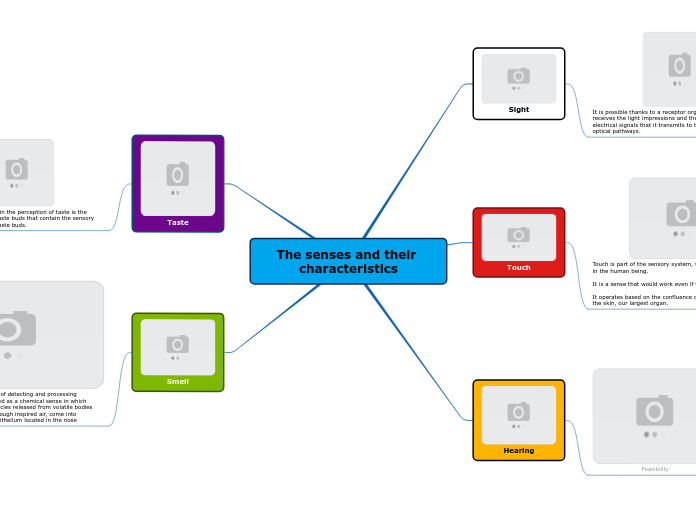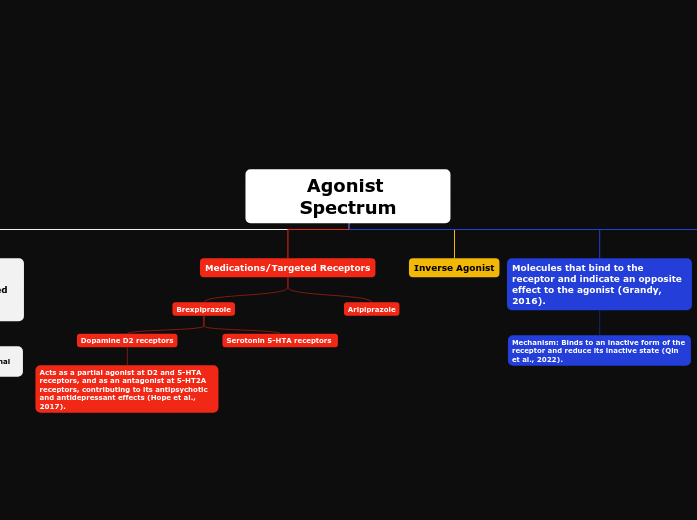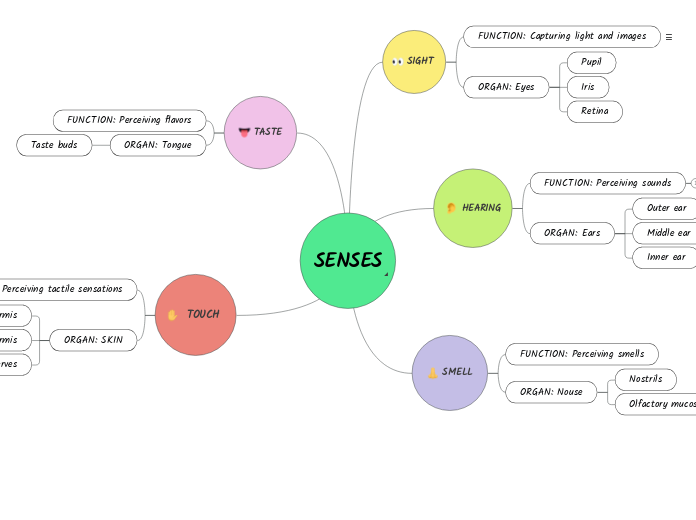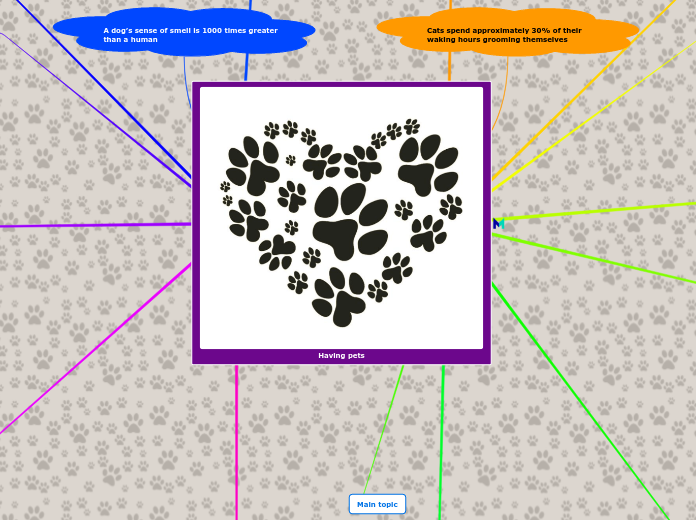The senses and their characteristics
'Six Thinking Hats' can help you to look at problems from different perspectives, but one at a time, to avoid confusion from too many angles crowding your thinking.
Smell
The Green Hat represents creativity. Develop creative solutions to any problem with this hat. This unconstrained mindset allows you to freely test out a variety of useful creativity tools, due to its low level of criticism.
Smell is the sense in charge of detecting and processing odors. Smell has been defined as a chemical sense in which aromatic or odoriferous particles released from volatile bodies act as stimulants, which, through inspired air, come into contact with the olfactory epithelium located in the nose
Ej:
This flower smells very nice
Smell is a good defense system to tell us how our environment is: if it is clean, dirty, if there is a threat or if it is safe to stay there.
Dogs are animals that are quite guided by smells.
Taste
The Blue Hat thinking represents process control. When having trouble because ideas are needed, the Green Hat may come in handy since it is the one used for creativity. In case of emergencies and dealing with them, the Black Hat is required.
The main organ involved in the perception of taste is the tongue. It is covered in taste buds that contain the sensory receptors for taste: the taste buds.
Ej:
This palette tastes so sweet
Taste is the sense that allows us to identify flavors in food
The sense of taste mainly includes the perception of five taste modalities, which have differentiated receptors. Said modalities are the four already known: sweet, bitter, salty and acid, to which is added a fifth recently discovered and little specified, unami (which is associated with sodium monoglutamate present in some foods).
Hearing
The Yellow Hat will help you to think positively. While you are 'wearing' this hat be optimistic, notice the benefits and the value in them.
Feasibility
The ear is a highly sensitive and advanced organ of the human body. The function of the ear is to transmit sounds to the brain through its different parts: the outer ear, the middle ear and the inner ear.
This song sounds very horrible, take it off!
Our auditory system is responsible for converting the sound waves that surround us into information that our brain then processes and decodes. Information that often moves us: music, nature, words ...
Its main task is therefore to detect, transmit and convert sounds into electrical impulses. Another important function is to maintain our sense of balance.
Touch
Using the Red Hat, you will use your intuition and emotions. Also, you will consider how others might look at the problem emotionally. Try to understand the responses of people who do not fully know your reasoning.
Touch is part of the sensory system, which is permanently active in the human being.
It is a sense that would work even if we were deprived of others.
It operates based on the confluence of the nervous system and the skin, our largest organ.
Ej:This bed feels so soft
It allows to perceive the qualities of objects and media, such as texture, pressure, temperature and hardness. It is also what allows us to feel certain stimuli that later turn into pleasure and pain.
Touch is essential for life. It constantly alerts us to the situation in which we find ourselves
Sight
Using the white thinking hat, you center your attention around the available data. Take the information that you have, analyze it, and see what you can learn from it. Become aware of your weak points and start working on improving your knowledge.
It is possible thanks to a receptor organ, the eye, which receives the light impressions and the transformations into electrical signals that it transmits to the brain through the optical pathways.
Ej:
Your new dress looks great
Through sight we receive approximately 50% of the information about our environment
in charge of interpreting our environment from the light that reaches our eyes









